Resistance exercise is a fundamental aspect of athletes’ training programs, especially in sports where force- and power-production capabilities are keys for elite performance. In traditional strength-training programs, equal absolute load is applied during both the concentric and eccentric phases of muscle contraction. Skeletal muscle is capable of 30%, or more, force production during maximum eccentric compared to concentric contractions. Thus, the relative load is reduced during the eccentric phase when training with an equal absolute load. Recent research has provided evidence that eccentric-only training with greater external loads than the relative concentric training intensity is a potent stimulus for strength and size changes of skeletal muscle.
Furthermore, one bout of exhaustive exercise with damaging eccentric muscle contractions has been shown to cause an enhanced response of satellite cells (the stem cells of skeletal muscle). Satellite cells are thought to play a crucial role in muscular adaptation to training, in muscle fiber maintenance and repair. However, the investigated high repetition number of ~200-300 high-force eccentric contractions is not part of regular strength-training regimes. Furthermore, the transfer of eccentric-only training to specific tasks in sport seems to be limited, especially because of a limited involvement of the stretch-shortening cycle.
In contrast, eccentric-overload resistance exercise requires coupled eccentric and concentric actions with minimal disturbance of the natural mechanics. This form of exercise can be integrated in regular strength-training programs. We and others have provided evidence that several weeks of eccentric-overload strength training might be superior to traditional strength training with regard to the development of muscle hypertrophy and a fast-muscle phenotype. Accentuated eccentric loading can be implemented on an isokinetic training device. The load is controlled by velocity. For example, during leg-extension exercise, an angular velocity of 60°·s-1 might be chosen for the concentric and 180°·s-1 for the eccentric phase. During leg-press training, the leg-press plate might move away from the subject with 100 mm·s-1 during the concentric phase and toward the subject during the eccentric phase with 400 mm·s-1. Subjects are instructed to develop maximal force in both the concentric and eccentric phase, which usually results in a higher eccentric load of approximately 30%.
Our randomized controlled study, published in the March 2022 issue of Medicine & Science in Sports & Exercise®, provided novel aspects on the effects of accentuated eccentric loading during strength training. After one bout of exhaustive eccentric-overload leg-extension exercise, we observed a significant satellite cell response in biopsies obtained from the vastus lateralis muscles of recreational athletes. Satellite cell content, the number of satellite cells related to type II myofibers and the proportion of activated satellite cells were significantly increased one week after the resistance exercise. This suggests there is ongoing muscle repair. No such increases were found after one bout of comparable traditional leg-extension exercise and in a non-exercising control group. Interestingly, the significant increase in satellite cell number related to type II myofibers suggests enhanced recruitment of type II myofibers during eccentric-overload resistance exercise. There is a need for further studies on the mechanisms related to why accentuated eccentric loading might be a superior method to enhance strength and power performance, including research on the satellite cell response.

Birgit Friedmann-Bette, MD, is the temporary medical director of the Department of Sports Medicine (Internal Medicine VII) in the Center of Internal Medicine of the Heidelberg University Hospital in Heidelberg, Germany. She is also involved in the medical attendance of elite athletes at the Olympic training center in Heidelberg. She was trained in general medicine with a focus on internal medicine and, as a former track and field athlete — the first IAAF world champion in the women’s 3,000 m run (1980) — took a major interest in exercise physiology. After studying the effects of altitude training, the focus of her research activities is now on muscular adaptation to strength training.
Viewpoints presented in SMB commentaries reflect opinions of the authors and do not necessarily represent ACSM positions or policies. Active Voice authors who have received financial or other considerations from a commercial entity associated with their topic must disclose such relationships at the time they accept an invitation to write for SMB.




